
An architect is a person who plans, designs, and oversees the construction of buildings. To practice architecture means to provide services in connection with the design of buildings and the space within the site surrounding the buildings that have human occupancy or use as their principal purpose. Etymologically, the term architect derives from the Latin architectus, which derives from the Greek, i.e., chief builder.

Norman Robert Foster, Baron Foster of Thames Bank is an English architect and designer. Closely associated with the development of high-tech architecture, Foster is recognised as a key figure in British modernist architecture. His architectural practice Foster + Partners, first founded in 1967 as Foster Associates, is the largest in the United Kingdom, and maintains offices internationally. He is the president of the Norman Foster Foundation, created to 'promote interdisciplinary thinking and research to help new generations of architects, designers and urbanists to anticipate the future'. The foundation, which opened in June 2017, is based in Madrid and operates globally. Foster was awarded the Pritzker Prize in 1999.

Landscape architecture is the design of outdoor areas, landmarks, and structures to achieve environmental, social-behavioural, or aesthetic outcomes. It involves the systematic design and general engineering of various structures for construction and human use, investigation of existing social, ecological, and soil conditions and processes in the landscape, and the design of other interventions that will produce desired outcomes.

The Royal Geographical Society (with the Institute of British Geographers), often shortened to RGS, is a learned society and professional body for geography based in the United Kingdom. Founded in 1830 for the advancement of geographical sciences, the society has 16,000 members, with its work reaching the public through publications, research groups and lectures.

The British Computer Society (BCS), branded BCS, The Chartered Institute for IT, since 2009, is a professional body and a learned society that represents those working in information technology (IT), computing, software engineering, computer engineering and computer science, both in the United Kingdom and internationally. Founded in 1957, BCS has played an important role in educating and nurturing IT professionals, computer scientists, software engineers, computer engineers, upholding the profession, accrediting Chartered IT Professional (CITP) and Chartered Engineer (CEng) status, and creating a global community active in promoting and furthering the field and practice of computing.

The Council for British Archaeology (CBA) is an educational charity established in 1944 in the UK. It works to involve people in archaeology and to promote the appreciation and care of the historic environment for the benefit of present and future generations. It achieves this by promoting research, conservation and education, and by widening access to archaeology through effective communication and participation.

The Institute of Mathematics and its Applications (IMA) is the UK's chartered professional body for mathematicians and one of the UK's learned societies for mathematics.
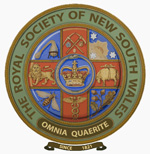
The Royal Society of New South Wales is a learned society based in Sydney, Australia. The Governor of New South Wales is the vice-regal patron of the Society. It is the oldest learned society in the Southern Hemisphere.
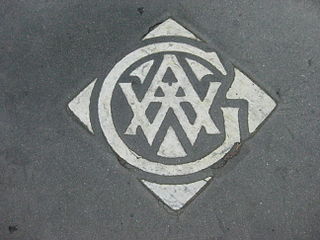
The Art Workers' Guild is an organisation established in 1884 by a group of British painters, sculptors, architects, and designers associated with the ideas of William Morris and the Arts and Crafts movement. The guild promoted the 'unity of all the arts', denying the distinction between fine and applied art. It opposed the professionalisation of architecture – which was promoted by the Royal Institute of British Architects at this time – in the belief that this would inhibit design. In his 1998 book, Introduction to Victorian Style, University of Brighton's David Crowley stated the guild was "the conscientious core of the Arts and Crafts Movement".
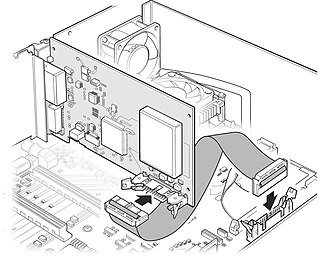
Technical illustration is illustration meant to visually communicate information of a technical nature. Technical illustrations can be components of technical drawings or diagrams. Technical illustrations in general aim "to generate expressive images that effectively convey certain information via the visual channel to the human observer".
An architectural illustrator is an artist who creates imagery for the design professional that accurately portray the details of an architectural project. These images are used to communicate design ideas to clients, owners, committees, customers, and the general public.
The Chartered Society of Designers (CSD) is a professional body for designers. It is the only Royal Chartered body of experienced designers. Its membership is multi-disciplinary – representing designers in all design, disciplines including Interior Design, Product Design, Graphic Design, Fashion and Textile Design.
SAFA is the professional body representing architects in Finland.

Green Templeton College (GTC) is a constituent college of the University of Oxford in the United Kingdom. The college is located on the former Green College site on Woodstock Road next to the Radcliffe Observatory Quarter in North Oxford and is centred on the architecturally important Radcliffe Observatory, an 18th-century building, modelled on the ancient Tower of the Winds at Athens. It is the university's second newest graduate college, after Reuben College, having been founded by the historic merger of Green College and Templeton College in 2008.

An architectural drawing or architect's drawing is a technical drawing of a building that falls within the definition of architecture. Architectural drawings are used by architects and others for a number of purposes: to develop a design idea into a coherent proposal, to communicate ideas and concepts, to convince clients of the merits of a design, to assist a building contractor to construct it based on design intent, as a record of the design and planned development, or to make a record of a building that already exists.
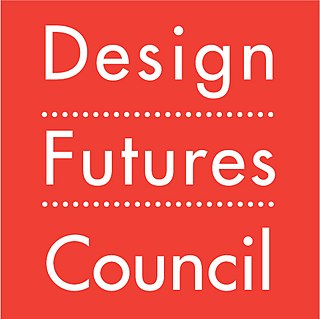
The Design Futures Council is an interdisciplinary network of design, product, and construction leaders exploring global trends, challenges, and opportunities to advance innovation and shape the future of the industry and environment. Members include architecture and design firms, building product manufacturers, service providers, and forward-thinking AEC firms of all sizes that take an active interest in their future.
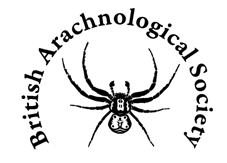
The British Arachnological Society (BAS) is the UK’s first body devoted exclusively to the study of arachnids. The primary objectives of the Society are to encourage interest in arachnology in people of all ages and to generate, promote and disseminate arachnological knowledge and understanding by all suitable means. In particular, it works to foster co-operation between amateur and professional arachnologists.
The London Society is a British membership organisation established to encourage public interest and participation in urban planning and transport matters in London as well as to study and celebrate the capital's unique history and character. It is among the oldest civic societies in the United Kingdom.
The New Rochelle Art Association (NRAA) was founded in 1912 by artists and residents of the city of New Rochelle in Westchester County, New York. By 1912 the community had transformed into a true artists colony, home to many notable artists of the time including Frederic Remington, Alta West Salisbury, Edward Kemble, Rufus Fairchild Zogbaurn, Orson Lowell, F. Wellingon Ruckstuhl, Ernest Albert, Homer Emons, Frederick Dana Marsh, Remington Schuyler, Lucius Wolcott Hitchcock, George T. Tobin, Leon Shafer, Charles Ayer, Herman Lambden and Armand Both.
The American Society of Architectural Illustrators (ASAI) is a professional organization representing the business and artistic interests of architectural illustrators throughout North America and around the world. ASAI's principal mandate is to foster of communication and networking among its members, raise the standards of architectural drawing, and bring awareness to the general public of this type of work and the value of their drawings as a conceptual and representational tool in architecture.














